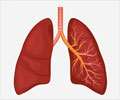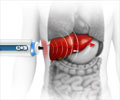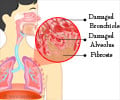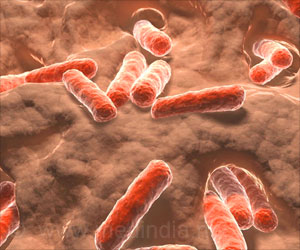New study shows how fibroblast activation and myofibroblast formation occur, providing hints for how to target fibrosis, which impacts various chronic diseases.
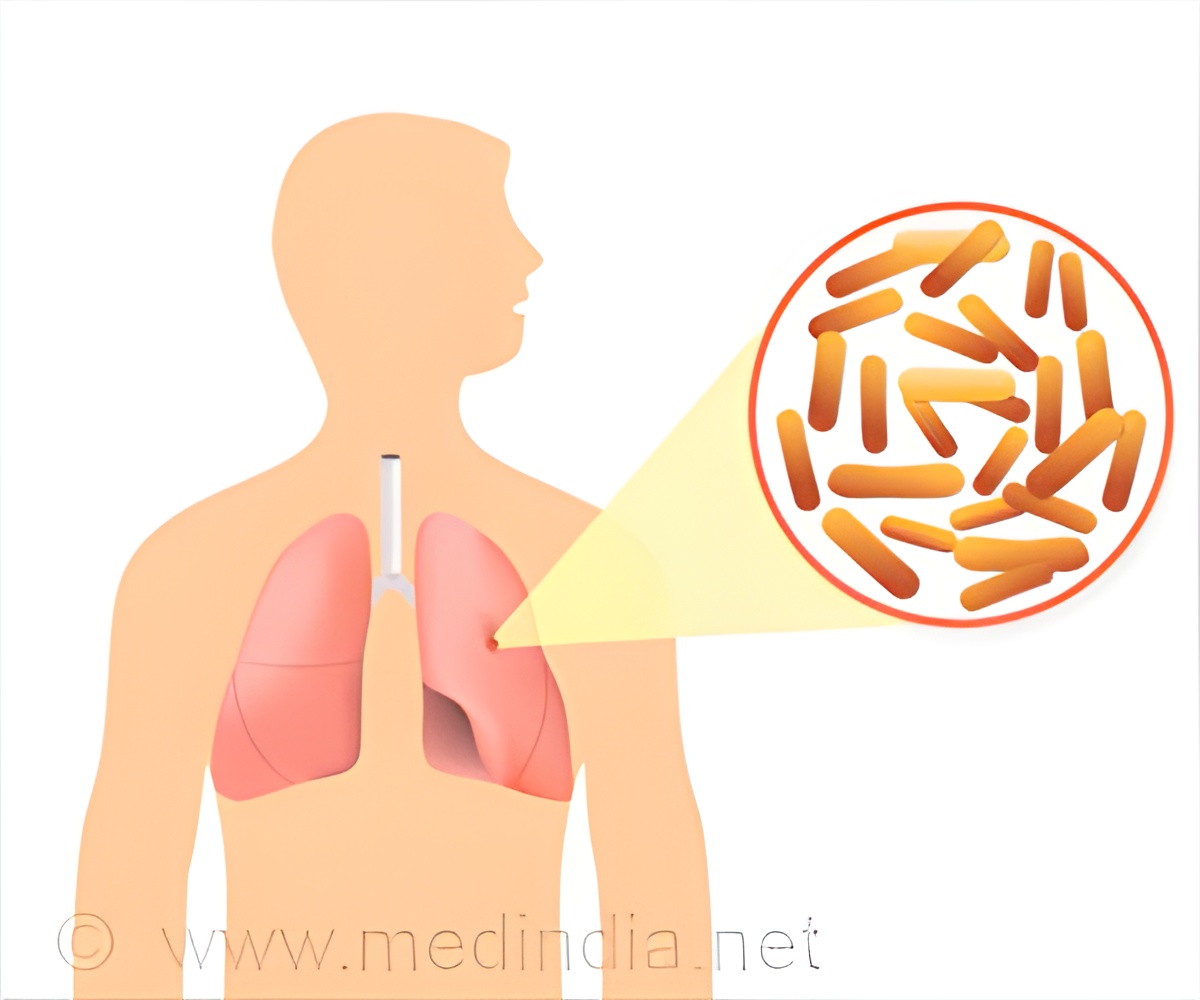
‘Fibroblast to myofibroblast differentiation is essential for the initial healing response, but excessive myofibroblast activation leads to pathological fibrosis. Therefore, it is important to understand the mechanisms underlying myofibroblast formation.
’





"When fibroblast signaling alters mitochondrial calcium uptake, many metabolic changes occur to promote anabolic pathways to support the formation of these new cells and provide new sources of energy production," said John W. Elrod, Ph.D., Associate Professor in the Center for Translational Medicine at LKSOM, and senior investigator on the new study. "These changes are necessary for the new role of these cells to alter the cellular environment in an attempt to repair the injured tissue."
While myofibroblast formation is associated with acute wound healing - think the closing of a cut on the skin - the persistence of these cells can give rise to fibrotic diseases, such as liver cirrhosis, pulmonary fibrosis, and heart failure.
"Our experiments show that the accumulation of fibrotic cells results directly from mitochondrial calcium-dependent genomic reprogramming involving α-ketoglutarate, which changes the structure of chromatin, or DNA packaging - a phenomenon referred to as epigenetics, and that is important in regulating gene expression," Dr. Elrod said. This the first time that extracellular signals directly modifying mitochondrial function have been linked to alterations in the cell nucleus for the generation of myofibroblasts.
"The key finding that a change in mitochondrial calcium uptake plays a central role in metabolic and genetic reprogramming presents new opportunities for investigation," explained Dr. Elrod. "We hope that the new pathways we’ve identified as essential to myofibroblast formation can be manipulated to treat fibrotic disease."
Advertisement
Source-Eurekalert

